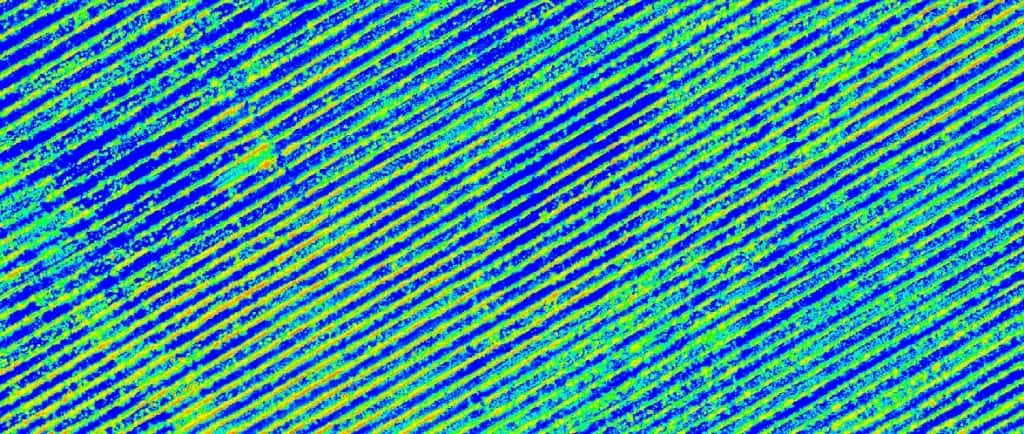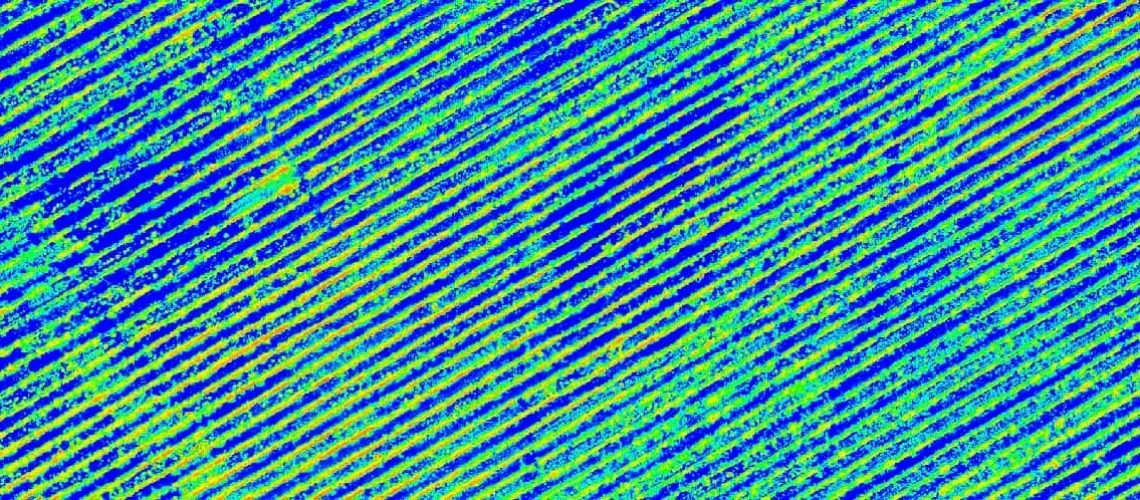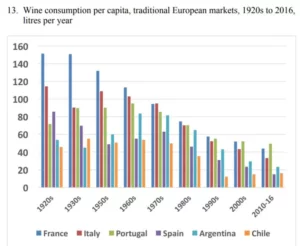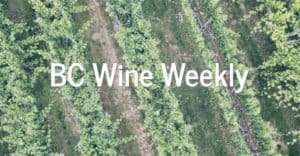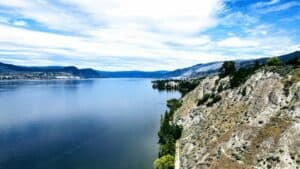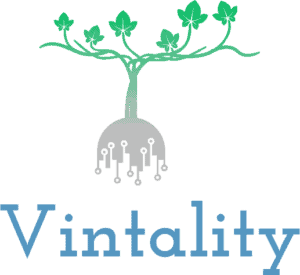The American Society for Eonology and Viticulture put out a great piece on the challenges for implementing precision viticulture.
“Precision viticulture” (PV) is the use of technology or techniques that increase grape yield or quality while reducing environmental impact. It’s new cm-accurate GPSs, UAVs, moisture sensors, etc. This new technology means we no longer must treat vineyards as a homogenous block.
But there are real challenges. Dr. Dokoozlian accurately points out that with PV were are at the “descriptive analytics” stage but we need to get to the “diagnostic analytics” and “predictive analytics” stage.
A great example is a hyper-accurate yield map, perhaps via a sensor mounted on a mechanical harvester. With a crazy level of accuracy you can know what your yields were that year without any physical labour. But this information only tells you what happened, it doesn’t tell you why or what will happen when.
Precision Viticulture Equipment
Now, our business is built around PV, I’m a huge believer in it. EC, drones, hyper-targeted fertilising… if we want to keep growing top-quality grapes without destroying the environment, that’s only happening with PV. More restrictions are coming on fertiliser, water, and -icide use. And while organic and biodynamic and regenerative are all great (they really are), they won’t function at the scale we need without hyper-targeted (and predictive) information and tools.
So where are we at right now?
The most famous tool is NDVI (whether UAV or satellite) and it’s a great example of the “state of play”. All NDVI tells us is the total biomass or vigor in the vineyard. Now, there are many important variables that correlate with NDVI (phenols, pH, anthocyanins, etc.) but it’s still only telling you how things already are. Yes, there are other algorithms that tell you about your plant health, chlorophyll efficiency, etc. And there are also tools like environmental and meteorological sensors, GIS data, air-flow mapping, other remote sensors like EC, etc. etc. etc.
But the challenge is: what do you do with this information?
The Problems
Because this information is often descriptive, it’s a challenge to make it practical for a vineyard. Ok, you know the biomass/vigor of your vineyard, objectively, with a resolution and accuracy you could never capture yourself. Cool! But now what?
Well, a major use of EC or NDVI maps is to create management zones. That is, to broadly break the vineyard into 2-4 sections that are all irrigated, pruned, and harvested differently (whatever’s possible on your site). This increases balance, reduces people hours, increases quality while reducing costs. But… you have to be willing to take the time to first implement and plan this. It’s not plug-and-play.
Another major outcome is selective harvesting. We know, in the vast majority of vineyards, low-NDVI areas correspond to higher quality fruit. If you’re wanting to identify the high-quality fruit in your vineyard, well you can use an NDVI map to do so. However… you have to be interested in selective harvesting and have some capacity to do so. The winemaker, viticulturalist and general manager all need to be on the same page.
And what about identifying crown gall? Predicting next year’s yield? Data-based pruning? Even bigger – how about precision irrigation? We aren’t fully there yet.
There are two problems with PV: (1) the research- while advancing rapidly – isn’t able to provide enough diagnostic and predictive analytics to growers; and (2) The information can be too time- and mentally-demanding for growers.
The Future
But! We are making major advances:
“Dr. Dokoozlian said that it now appears that what really drives yield differences is soil moisture content. Even in highly managed and manipulated regions with sophisticated irrigation systems, soil moisture content is the major driver, and that relates to higher levels of photosynthesis, of conductance, and lower mid-day leaf water potential. Researchers began to realize that in addition to water holding capacity, things like soil compaction, textural class and other indirect parameters affecting both rooting depth and soil moisture content were extremely important in terms of driving yield and fruit quality variability.”
So, yield is largely driven by soil moisture content. This is really important information! And it certainly accords with what we see with our data.
Want one key takeaway? Stick some soil moisture sensors in the ground. Ideally based on an EC map, but you can even do it based on your knowledge of the vineyard. See how those areas react to your wetting/drying cycles. Even better – do some EC mapping , dig some pits, and flood them to see how water flows. (But again – this takes time and the right solution to this information isn’t obvious. It takes time and experience).
Further:
“When looking at the yield:pruning weight ratio of low vigor vines and high vigor vines versus NVDI, researchers found that the lower vigor vines were farther outside the ideal range. The higher vigor vines had larger canopies, were producing more fruit, but the yield to pruning weight ratios were close to optimum.
They found that the amount of sunlight in the fruit zone at mid-day was the major driver of quality in the two sets of vines. The researchers then went into the high-capacity vines and did additional leaf removal to get the light levels almost to the same levels. The Grape Quality Index went up for some of the high-capacity vines, but not on those vines with very deep soils with stored soil moisture.”
This reminds me, I still need to read Sunlight into Wine. One thing I’m curious about – this is another great example that overly-vigorous canopies are an impediment to higher quality wine. But of course – this is also relative. There’s a reason low-rainfall, high-temperature regions have often moved away from VSP to some sort of sprawl canopy. As my red neck will tell you, sunburn is real.
Then layer on another insight: NDVI is (likely) just water content + nitrogen content. This is likely why quality decreases with increasing NDVI/vigor. You’re effectively reducing the nitrogen content. But in cases where there are deep moisture reserves, that “number” is still too high. This also counts as a reminder to keep nitrogen applications low if you’re concerned with the quality of your fruit.
So…
Well, an immediate step is always ground-truthing. PV data will always be best correlated to individual sites. So that’s taking this new, high-tech data and relating/modeling it to traditional data like pruning weights, plant tissue and soil data, yield data, etc.
This is something we’re actively working on. Our own models of our data to start making more predictive, high-value recommendations for our clients. But it’s not easy!
A second step is adding in other PV datasets. That is, relating EC to moisture sensors, NDVI to meteorological data, etc. And doing so in a way that is beyond observational – that is statistically robust.
From here, we can then begin making predictions about trunk disease, plant health, irrigation decisions, etc. And we’re getting there. Right now it takes significant work to fully understand the data. But soon, we’ll have robust models to help make these decisions quickly around all aspects of vineyard management.
But what about growers right now?
There’s a reason the business side of wine has moved to big data. Tracking customer information, open rates, CPC, customer lifecycle value, etc. Some of this already goes on in the vineyard. But not enough! You can start tracking basic information about your vineyard now. It doesn’t take much (any?) extra work in many cases because you’re already playing with the information. But having some excel sheets and basic graphs or GIS information can really make a big difference.
And what will that mean? Higher quality. Lower inputs. More sustainability – both for the workers and the environment. We’re on the cusp of this – it’s an exciting time in wine!

